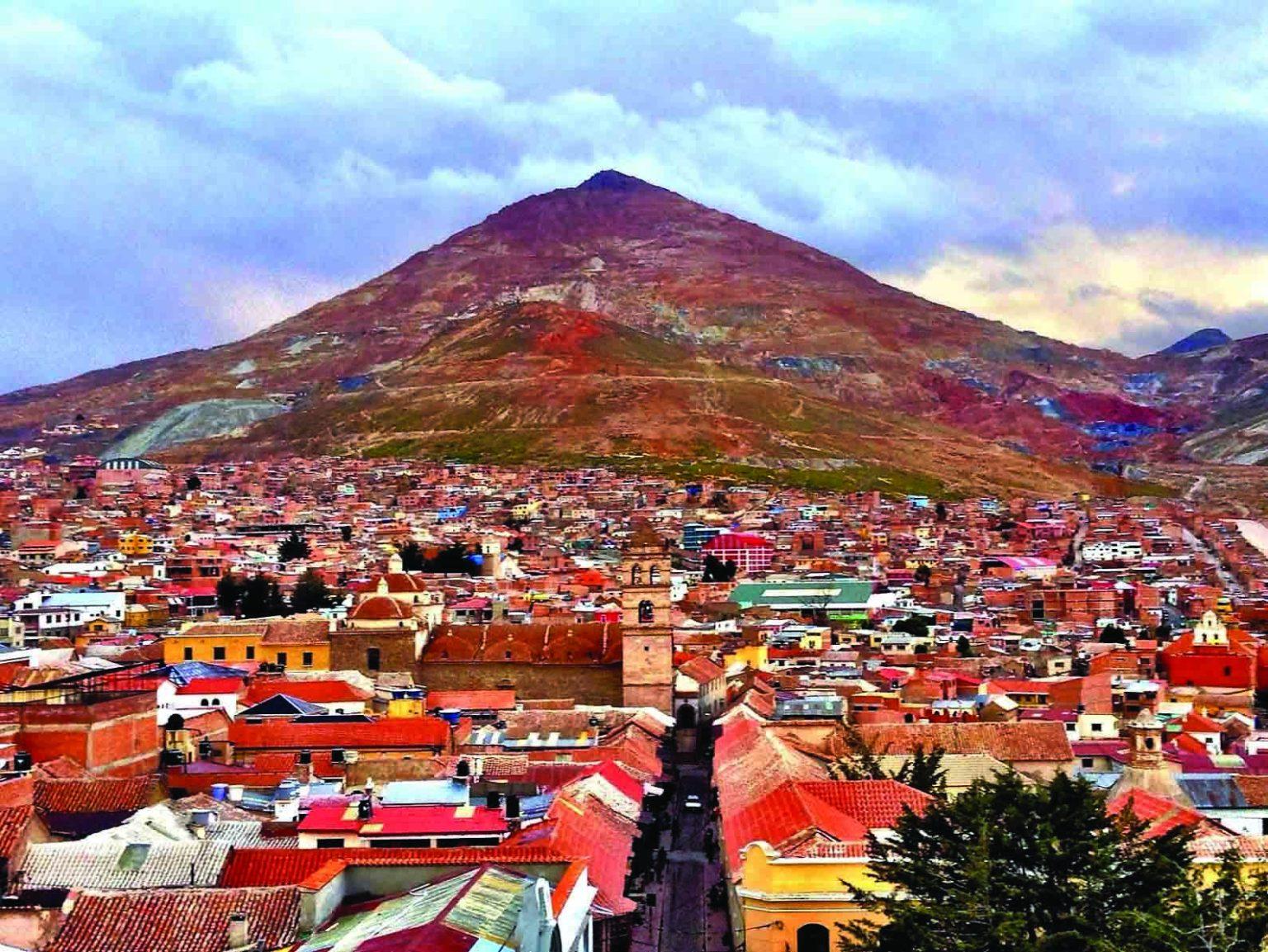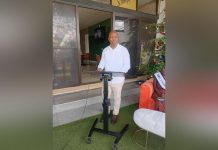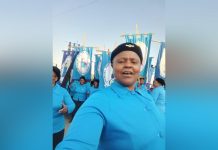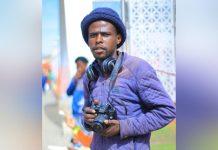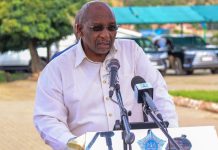Africa-Press – Lesotho. While I was in Lima I was a freelance writer, putting a couple of books together and doing cultural journalism, mostly for West Africa magazine. I was lucky enough to make friends with Fernando Romero, a retired Admirante or naval admiral and something of a national hero.
He was also a scholar and, inspired by trips to the West African coast (on courtesy calls paid by the Peruvian navy) he had written two books on the entry into Peruvian Spanish of words from African languages. These words came into Peru as a result of the slave trade, most of the slaves being sold on from one colonial territory to another.
I reviewed Admirante Romero’s books for West Africa magazine (my editor commented it was one of the most unexpected pieces I’d sent them) and I taught myself enough of the Peruvian Spanish variety spoken by the slave-descended black population in the lowlands south of Lima — to write about its fiction and poetry.
So my years in Lima were not entirely hedonistic. Then there was Bolivia, next door to Peru. I spent a week there, mostly in the capital, La Paz, right at the top of the Andes.
I had intended to visit the silver mine at Potosi, the highest town in the world (and “high” here refers to altitude, not to cocaine, of which Bolivia is, regrettably, a major producer).
But circumstances intervened, most obviously the fact that the day after I flew in the country’s trade unions (semi-legal bodies under a right-wing dictatorship) declared a general strike.
There was no transport, but my guide, a young man with the wonderful name Victor Hugo Chavez (named after the great French novelist, as his father was a socialist) managed to get us a taxi and a driver.
We visited a very fine Inca ruin above the shore of Titicaca, an enormous lake I’d already take a boat on from the Peruvian side (the lake straddles the border between Peru and Bolivia).
Then, on Victor Hugo’s advice, rather than seeing the silver mine at Potosi, we did a three-day trip to Cochabamba, the largest town in the Bolivian jungle (for Bolivia contains the highest of the Andes mountains, but also drops right down to Amazonia.
For quiz fans, this is why “Lesotho” and not “Bolivia” or “Nepal” is the answer to the question, which country has the highest lowest point in the world).
At this stage I was already feeling the altitude. The air in La Paz was wonderful, crystal clear, especially because of the strike there were virtually no traffic fumes.
I didn’t come down with altitude sickness, but trudging up steep hills I had to go very slowly and I was drinking gallons of herbal tea (at which point my long-suffering editor growls “making a healthy change from your usual tipple.
”) The day before the Cochabamba trip Victor Hugo let me know there was to be a big pro-worker rally by students on the university campus.
I wanted to hear and cheer the speeches, so we went along; soon after the event began the army attacked the crowd and I got a lung-full of tear-gas. The next day Victor Hugo and I met our driver and we did the day’s drive down to Cochabamba.
This is one of the scariest roads in the world, featuring (along with Lesotho’s Sani Pass) in the television series Top Gear, which my readers may or may not have seen.
It’s basically a dirt track hugging the side of the mountains, with no barrier to stop a careless driver plummeting hundreds of metres down to the river below. We drove with the windows down, so after the crisp, cold air of La Paz and a load of tear-gas I got my lungs full of dust.
Cochabamba was as hot and humid as you’d expect of a jungle town, and then for my last night in Bolivia I had the low-oxygen, crisp, dry mountain air of La Paz again.
The next day I flew back to the cool and damp Lima. After a fairly sleepless night I got up and nursing a severe headache I crossed the road to a café for breakfast.
My lungs had evidently had enough excitement over the previous few days and, leaving the café, I collapsed. When I came to I was being looked after by one of the little old ladies who formed a large contingent of the population of the suburb I stayed in.
With a shock I realised she was singing me a lullaby. I immediately thought “brandy is the answer. Lots of it”, but the café owner, who’d joined us, asked if I had medical insurance and when I nodded he called an ambulance to take me to a private hospital.
Two days there, a series of tests and lots of antibiotics (but regrettably no brandy) and I was fit again. Travel may broaden the mind, but it can be injurious to your health.
For More News And Analysis About Lesotho Follow Africa-Press

